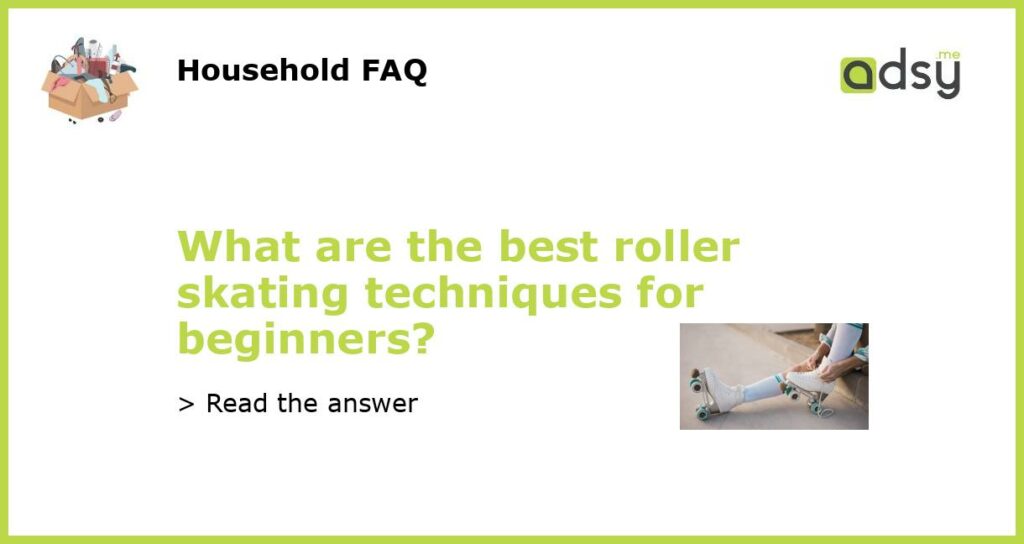The Basic Roller Skating Techniques for Beginners
If you’re new to roller skating, learning the basic techniques is crucial for a smooth and enjoyable experience. Understanding the right way to balance, glide, stop, and turn can make all the difference between a wobbly start and a confident stride. Here are the best roller skating techniques for beginners:
Balance and Posture
One of the first things beginners should focus on is their balance and posture. Start by standing with your feet shoulder-width apart and your knees slightly bent. This will help you maintain a stable base and prevent falls. Keep your arms relaxed and slightly forward for balance. Make sure to look straight ahead instead of down at your skates to maintain a proper posture. With practice, you’ll gradually develop a strong sense of balance and stability.
Gliding and Pushing
Once you’ve mastered the balancing act, it’s time to learn how to glide and push yourself forward. Start by marching in place, lifting one foot at a time. As you gain confidence, begin pushing off with one foot while lifting the other, similar to a walking motion. Gradually transition this motion into a gliding motion, where you push off with one foot and smoothly glide on the other. Avoid taking long strides and keep your movements controlled. Practice gliding and pushing with both feet until you feel comfortable and in control.
Stopping Techniques
Learning how to stop is a crucial skill for any roller skater. There are several techniques beginners can use to come to a stop safely. The most common stopping technique for beginners is the T-stop. To perform a T-stop, place one foot perpendicular to the other foot, forming a “T” shape. Apply pressure to the back foot’s inside edge while keeping the front foot parallel to the direction you’re skating in. This will create friction with the wheels, gradually slowing you down until you come to a stop.
Another stopping technique is the plow stop, which is similar to a skiing motion. Bend your knees and point your toes inward, forming a V-shape with your skates. Slowly push your heels outwards until the wheels create friction and bring you to a stop. Remember to keep your weight evenly distributed and gradually increase the pressure on your skates to avoid any sudden stops that could result in falls.
Turning Techniques
Once you’ve mastered the basics of balancing, gliding, and stopping, it’s time to learn how to turn while roller skating. There are two common turning techniques for beginners: the forward turn and the backward turn.
To perform a forward turn, shift your weight towards the foot on the side you want to turn. For example, if you want to turn to the left, transfer your weight to your left foot and slightly lean in that direction. Keep your body facing forward and use your arms for balance. With practice, you’ll be able to execute smooth turns without losing control.
The backward turn involves a similar process, but instead of shifting your weight towards the foot on the side you want to turn, you’ll shift your weight away from it. For example, to make a right turn, shift your weight towards your left foot and slightly lean to the right. As with the forward turn, practice is key to mastering the backward turn.
Overall, patience and practice are key to mastering roller skating techniques as a beginner. Start with the basics of balance and posture, then move on to gliding, stopping, and turning. Remember to always wear protective gear, such as a helmet and knee pads, to ensure safety during your skating journey. With time and dedication, you’ll become more confident on your skates and be able to tackle more advanced techniques and tricks. So get out there, have fun, and embrace the joy of roller skating!






